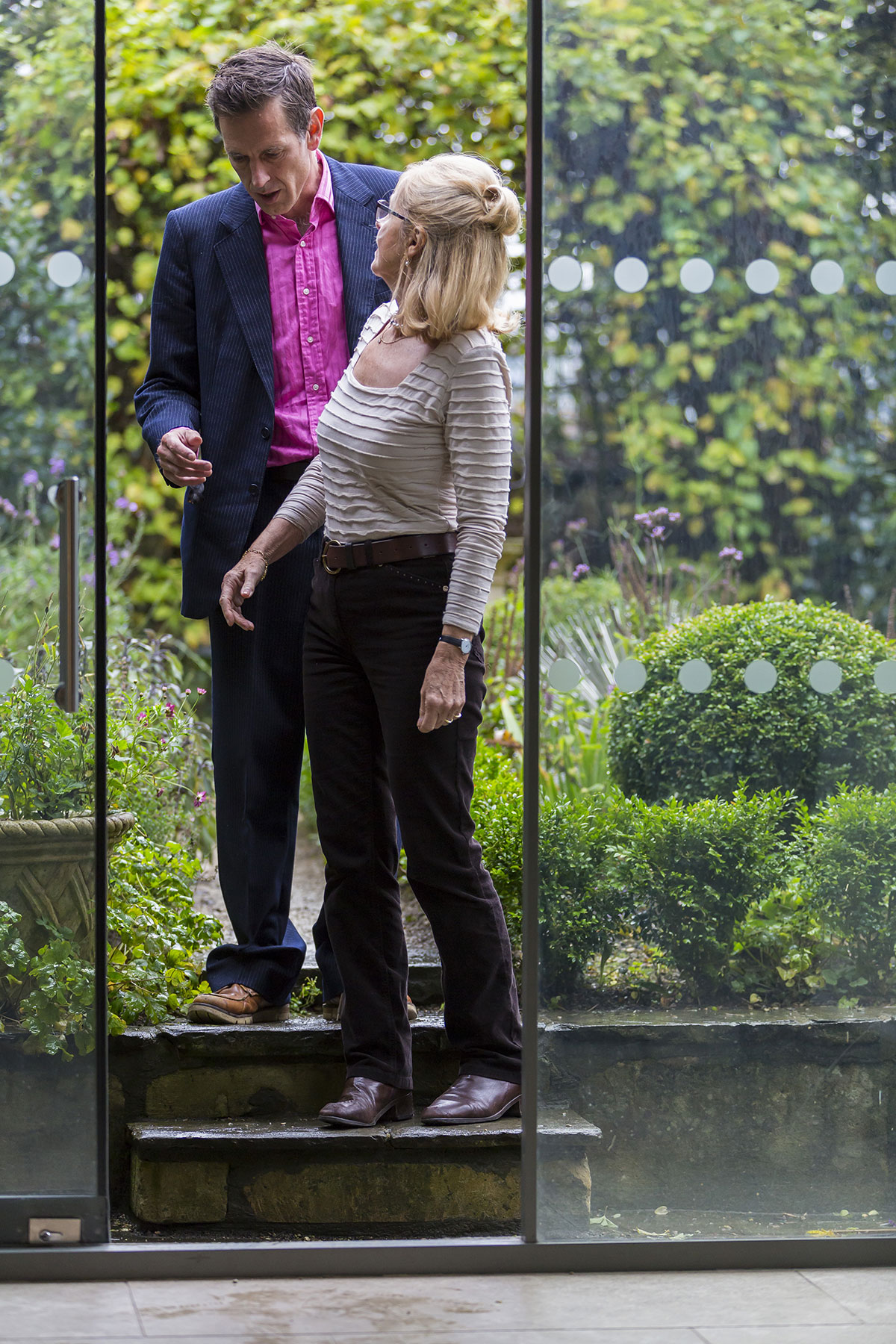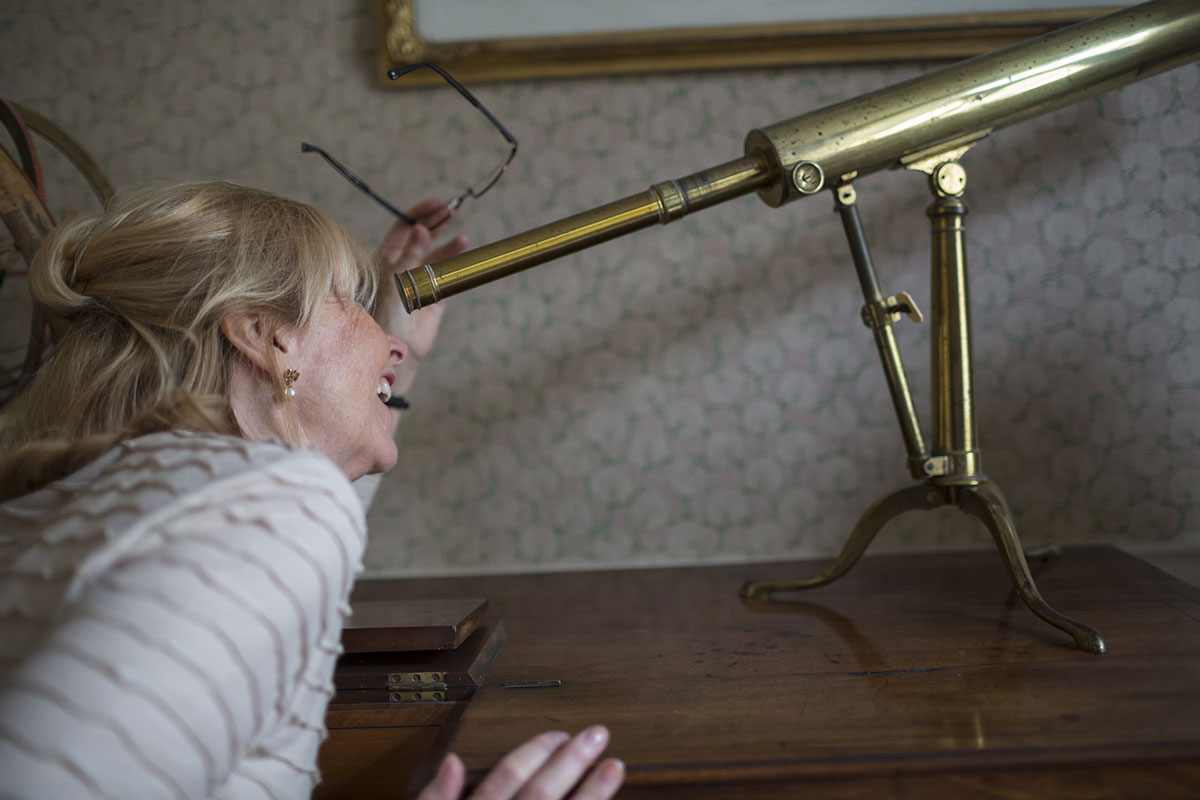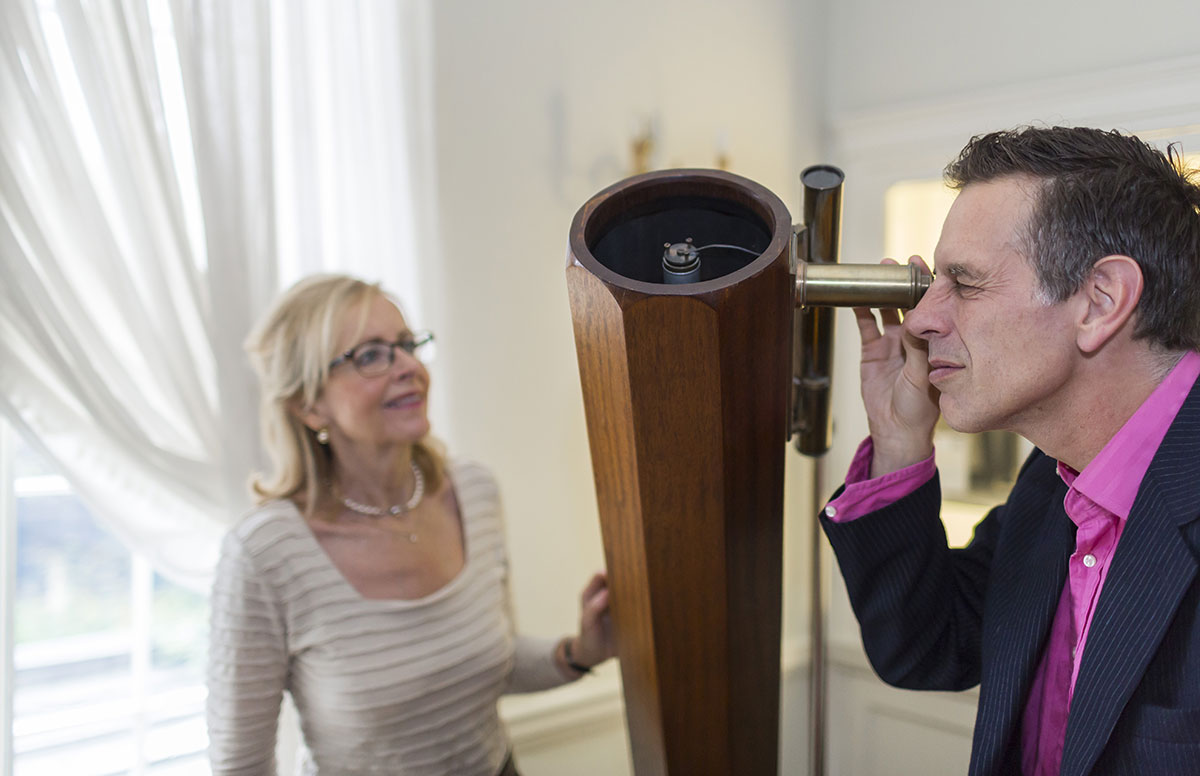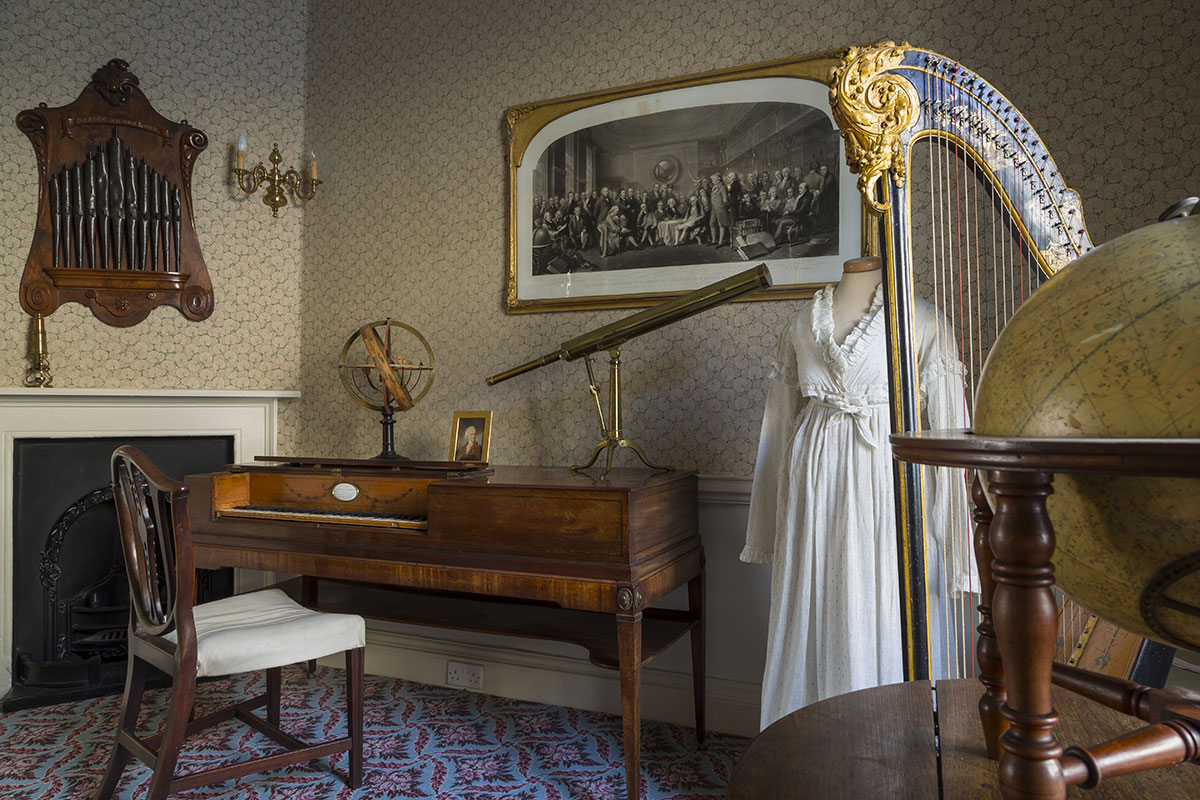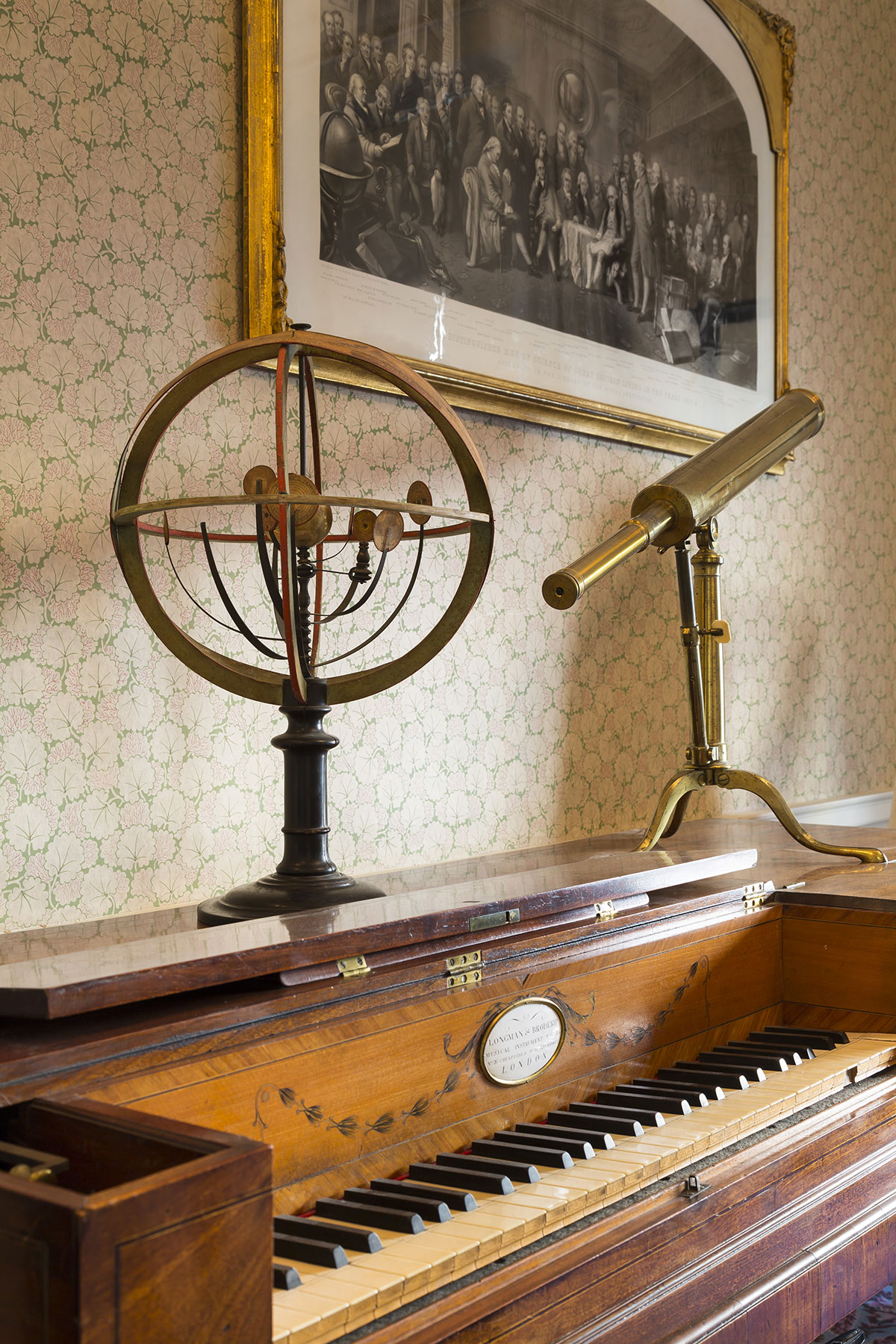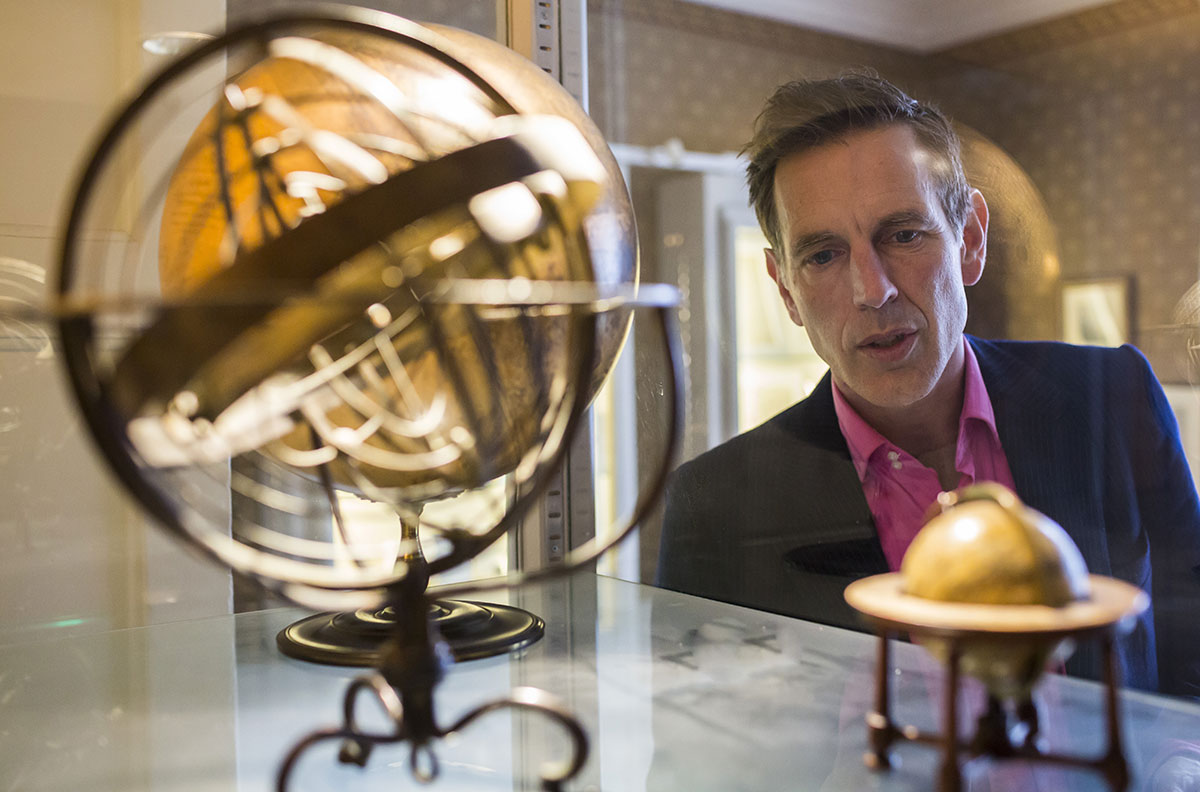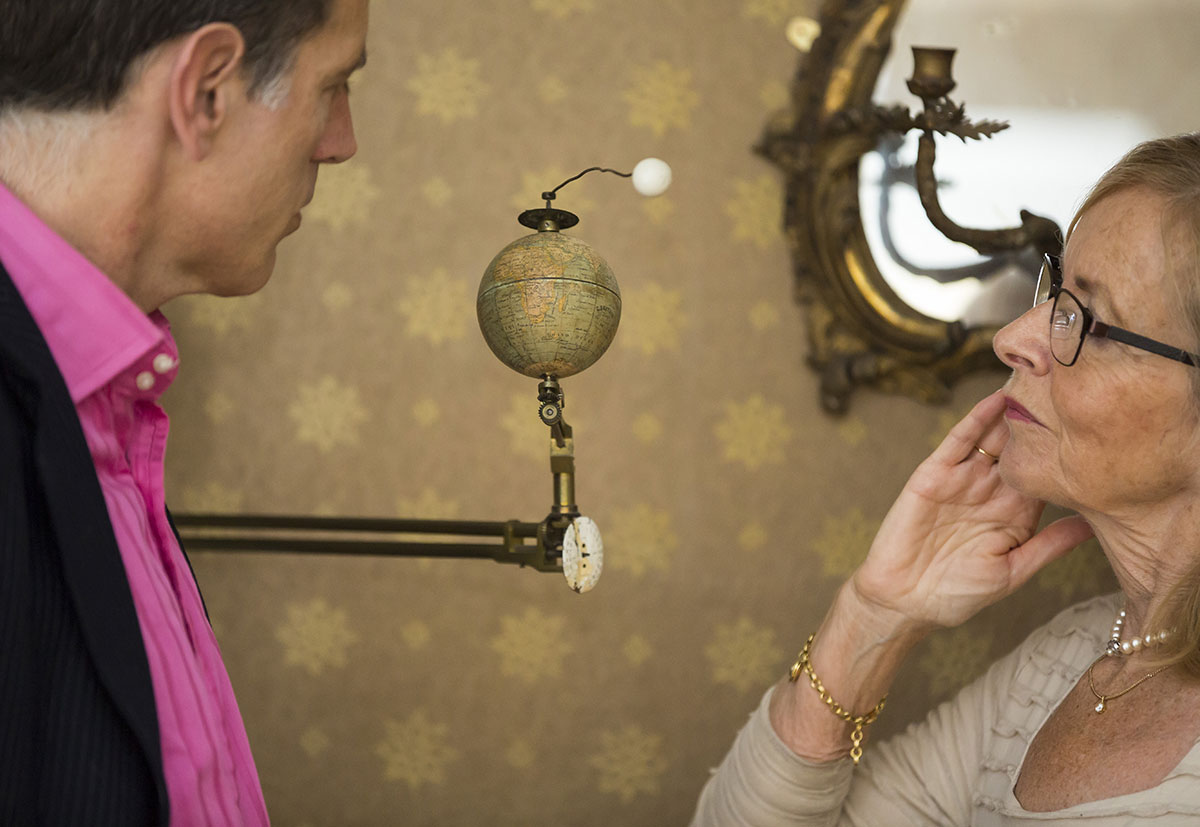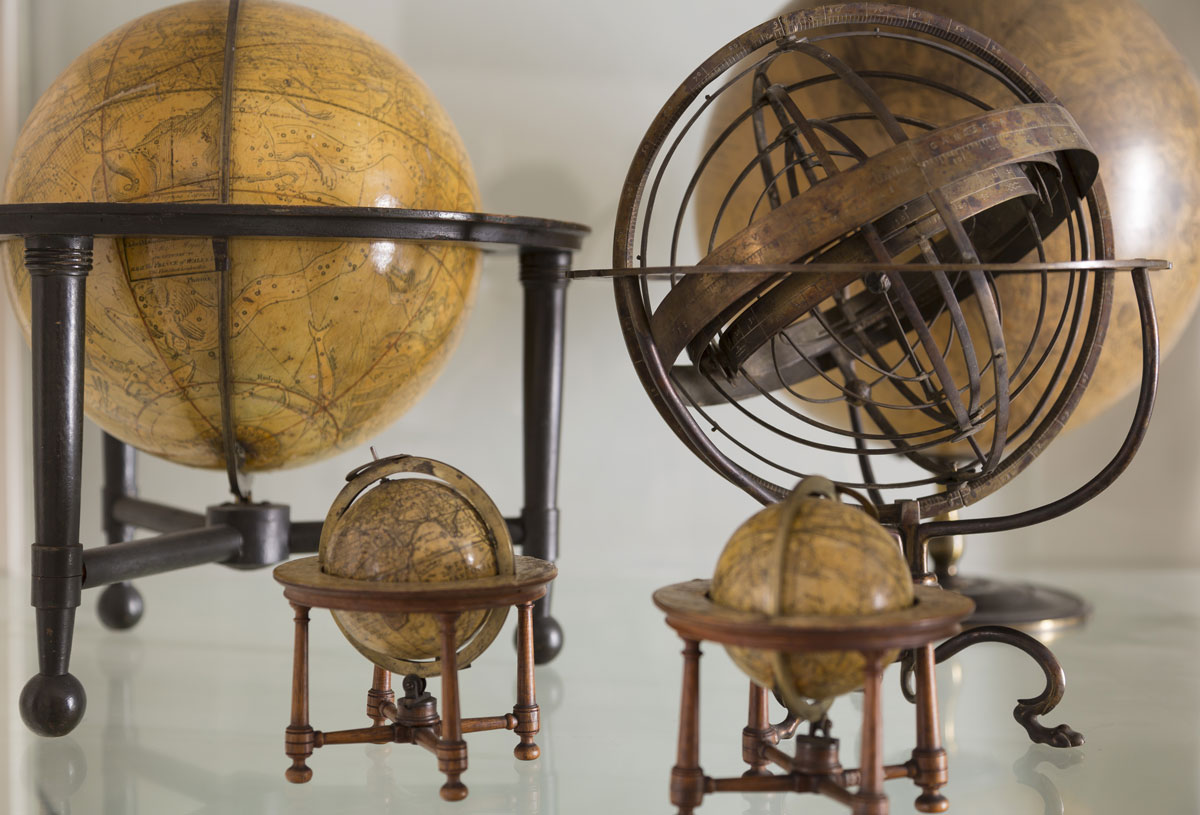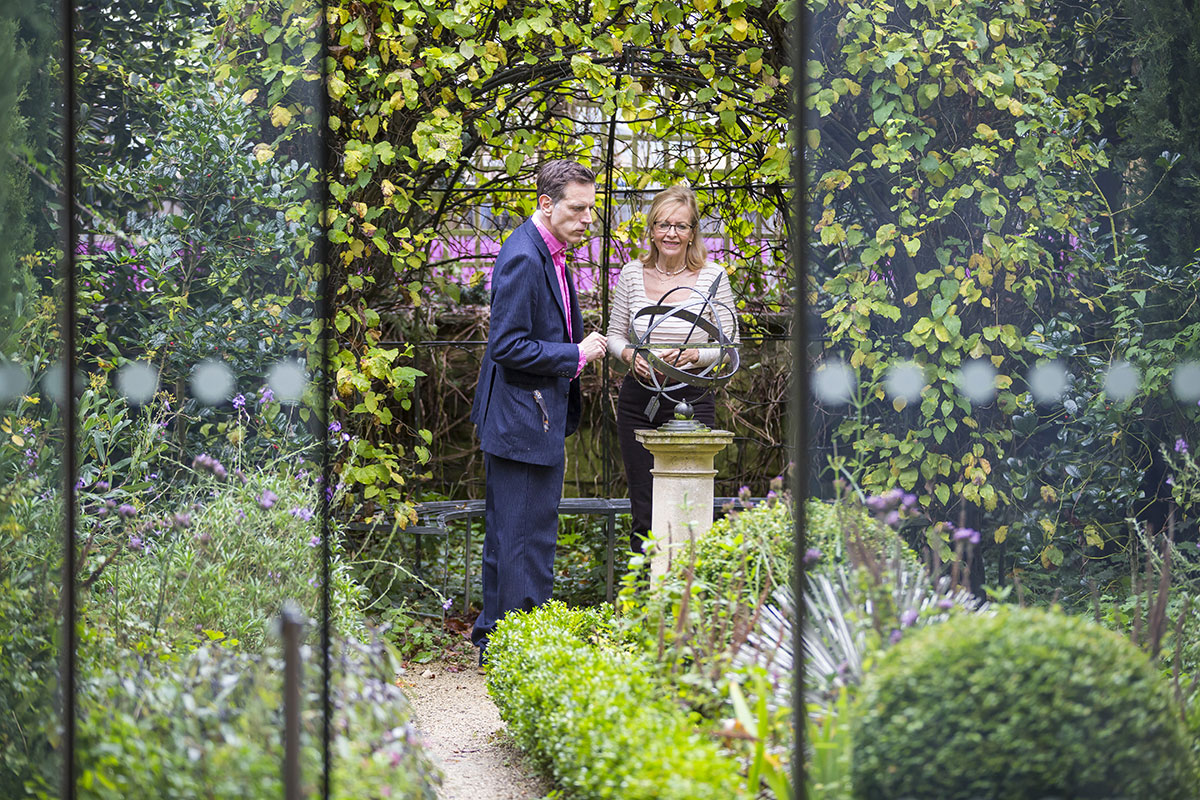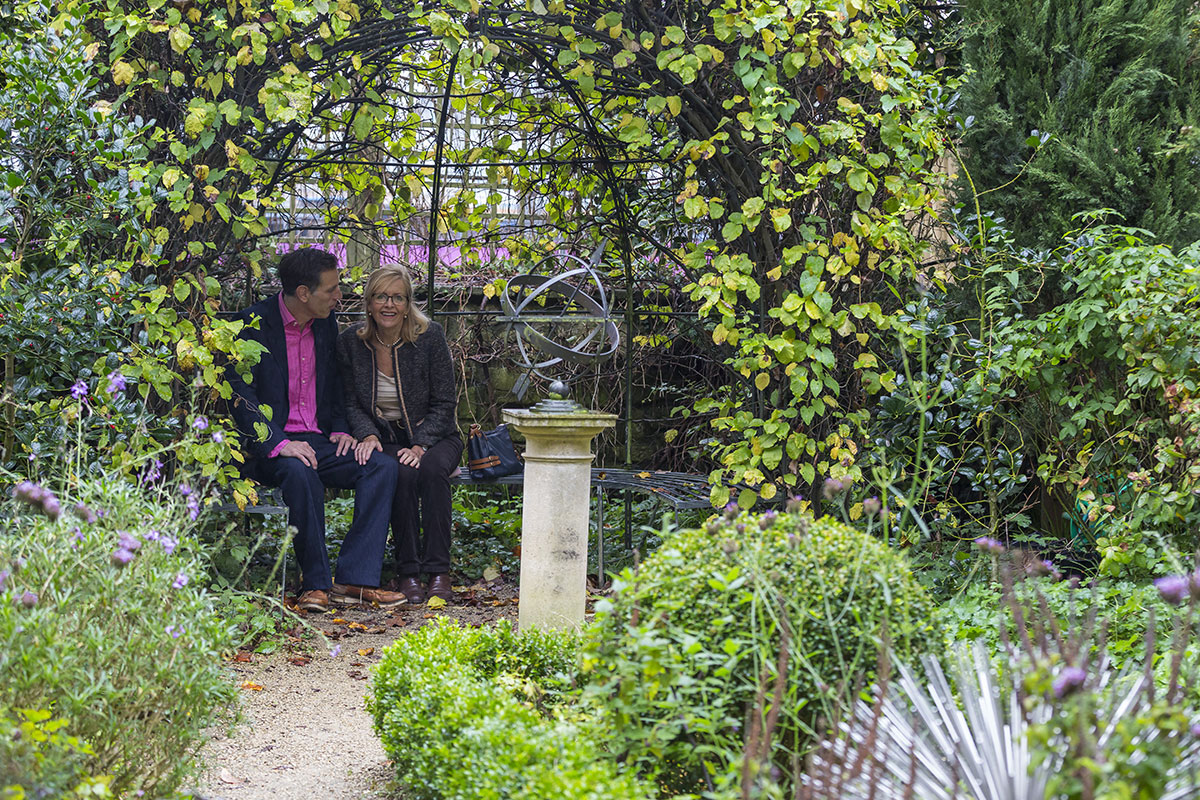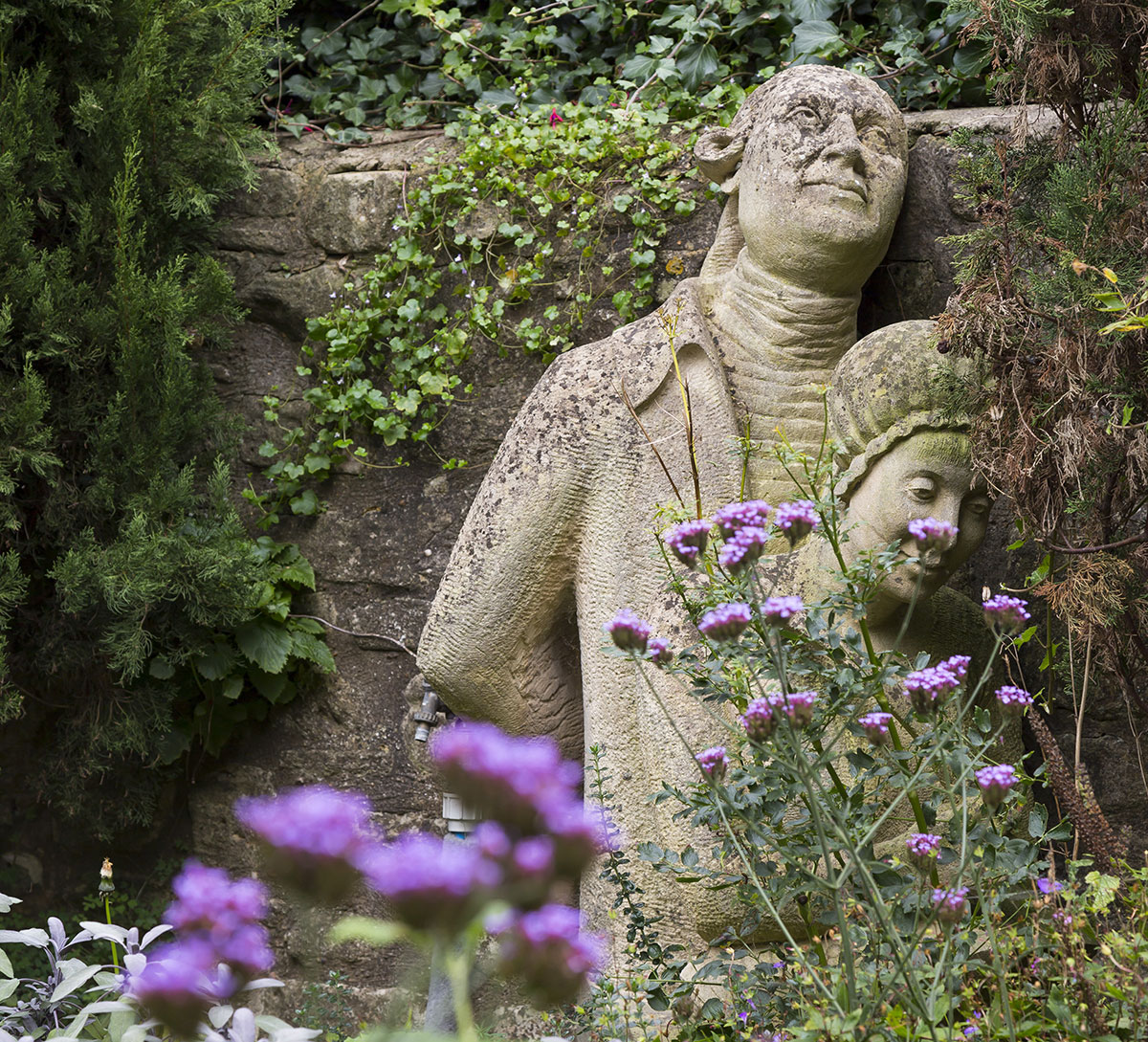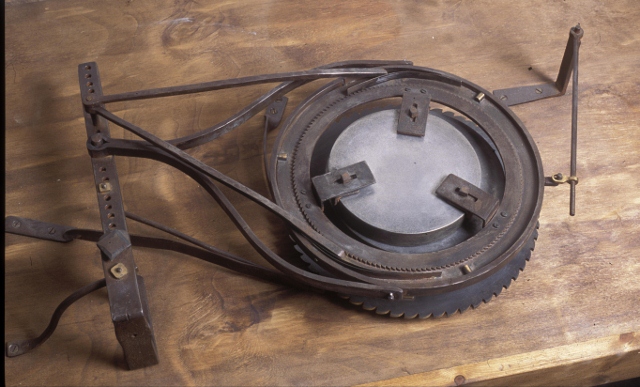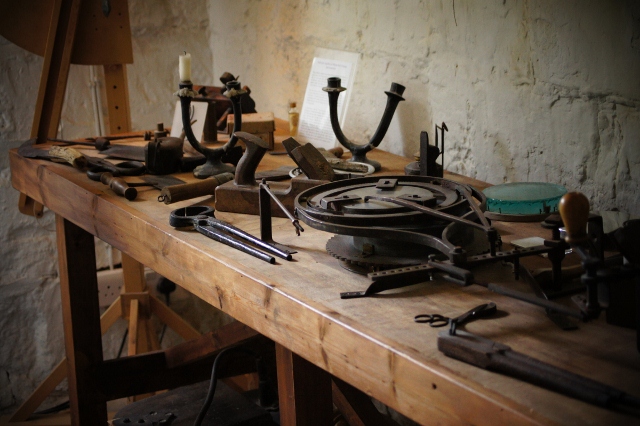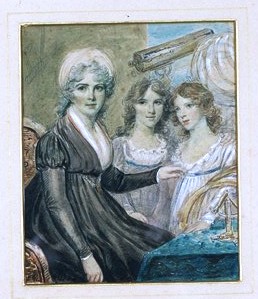Dudley Adams Pocket Globes
In recent years, the Herschel Museum has expanded its collection of globes and planetaria, with the purchase of an armillary sphere by the French maker Delamarche, and a rare example of a lunar globe which is on loan from the Royal Astronomical Society.
In order to complete the collection, we have been seeking a pair of small pocket globes and because it is unusual to find a complete pair dating to the 18th rather than the 19th century, the search has taken some time. We were therefore interested when offered (in 2016) a couple of celestial and terrestrial globes from the workshop of the London maker Dudley Adams together with their original chagreen cases and brass display stands. These exquisite tiny objects epitomise the Enlightenment, as they blend the artistic skills of the cartographer with the expansion of scientific knowledge, and give an accessible overview of the World and the Heavens as they were perceived towards the closing years of the 18th century.
Globes such as these have always been considered desirable objects to collectors and it is likely that William Herschel would have owned a pair himself and used them to illustrate his learned talks, and these are particularly fine examples, in pristine condition. Among the constellations and maps of the heavens depicted on the spheres themselves, is the huge 20 foot telescope the astronomer constructed at Slough.
It is always an added bonus to establish the provenance of museum objects, and these particular globes are depicted in a family portrait of the Birmingham industrialist John Miles who was an astronomer and member of the Lunar Society. They also appear in a Christies auction catalogue from the 1950s.
We are grateful to the Art Fund, the Museums Association Beecroft Bequest, BPT members and private donors for funding this important acquisition.
Brass Drum Orrery (c. 1782)
Made by the celebrated instrument-maker George Adam, the orrery works on a clockwork mechanism and shows how the planets move around the sun. The longest of the orrery’s arms supports the planet Uranus, with two of its moons, on the edge of the solar system.
Orreries, such as this elegant example, were often made as playthings for wealthy gentlemen to display in their homes to guests. Scientists such as William Herschel, however, used them as tools in practical demonstrations to help illustrate complex astronomical concepts to a lay audience.
The brass drum orrery is one of a collection of contemporary astronomical instruments on loan from the Science Museum in London.
